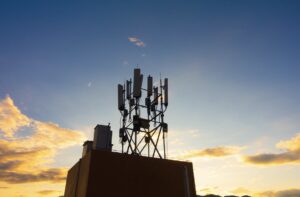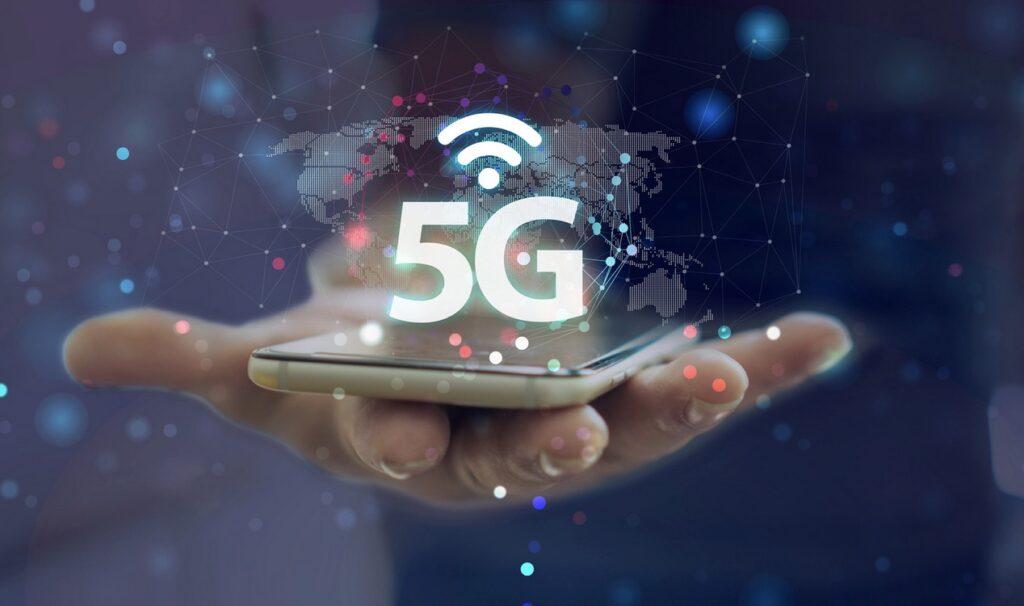T Mobile 5G Bands
Diving deeper into the specifics, T Mobile’s 5G framework is a complex blend of segmented bandwidth, better known as 5G bands.
In simple terms, a 5G band signifies a particular segment of the electromagnetic spectrum utilized by 5G networks to transmit data. T Mobile makes use of three distinct frequencies to provide their 5G services. Low-band spectrum (600 MHz), Mid-band spectrum (2.5 GHz), and High-band spectrum (millimeter wave) are the three variability in the spectrum existing. For instance, consider radio signals intended for different radio stations as an analogy, where each station operates on a distinct frequency to avoid signal interference.

The significance of these 5G bands lies in their impact on network performance. Low-band spectrum, though offering greater coverage and better penetration, presents slower data speeds when compared to mid and high-band spectrums, which offer faster data speeds but less coverage. For someone streaming videos and utilizing data-intensive apps daily, this mix and match of spectral bandwidths by T Mobile allows for seamless internet connection.
Looking ahead, T Mobile’s multi-spectrum strategy, unfolding through these 5G bands, sets the stage for an intriguing future teeming with immense possibilities in the realm of communication and technology.
Current State of T Mobile’s 5G Coverage
T-Mobile, as the pioneer in 5G services, boasts expansive coverage, a result of its strategically deployed 5G bands. The company’s nationwide 5G network covers 8,300+ cities and towns—impacting over 225 million people, as attested by T-Mobile’s statistics. A study by OpenSignal corroborates this, showcasing T-Mobile’s dominance in 5G reach compared to its rivals.
The low-band, mid-band, and high-band spectrums from T-Mobile serve users with diverse requirements. Its low-band 5G, leveraging 600MHz frequency, provides broad coverage, albeit at slower speeds. Mid-band 5G, utilizing 2.5GHz spectrum—offers a balance between coverage and speed. Finally, T-Mobile’s mmWave (high-band 5G) secures ultra-fast speeds but for limited coverage.
Network Expansion Plans

Given their robust 5G coverage, T-Mobile isn’t sitting idle. Ambitious plans are underway for infrastructure expasion.
Primarily, the company aims to broaden its mid-band 5G coverage to 200 million people by the end of this year. This plan follows the company’s successful acquisition of Sprint, which massively boosted their mid-band spectrum holdings.
Let’s not forget, T-Mobile’s 2.5GHz spectrum provides the perfect equilibrium of speed and coverage—the best of both 5G worlds. It’s expected that these expansion plans, once realized, will enhance T-Mobile’s already robust nationwide 5G coverage, ensuring seamless connectivity to more users across the U.S.
Benefits of T Mobile 5G
T-Mobile’s 5G services bring in a paradigm shift in the realm of wireless connectivity, with speed and latency being at the forefront. The use of different spectrums allows for varying levels of speed. For instance, the high-band spectrum contributes to ultra-fast speeds crucial for high data-consuming activities like high-definition video streaming or gaming. On the other hand, mid-band spectrum offers balanced speed suitable for regular internet browsing, emailing, and social media.

Tailoring speed, according to user demand, is not T-Mobile’s 5G’s sole feat. Its 5G services also improve latency. Lower latency, a noteworthy benefit of 5G technology, ensures faster response times, which is critical for real-time applications such as online gaming and autonomous driving.
T-Mobile’s 5G is not just about speed and response times; it also significantly enhances connectivity features. Capitalizing on the use of low-band spectrum enables broad coverage, making T-Mobile’s 5G network available across wide geographical areas, including 8,300+ cities and towns catering to over 225 million people. The number is on the rise with expansion plans to bring mid-band 5G coverage to 200 million people.
Along with geographical reach, the 5G service also provides better penetration in dense urban areas and indoors, courtesy of the low-band and mid-band spectrums. Hence, T-Mobile’s 5G users experience a more stable and consistent connection in various environments, further strengthening user experience.

